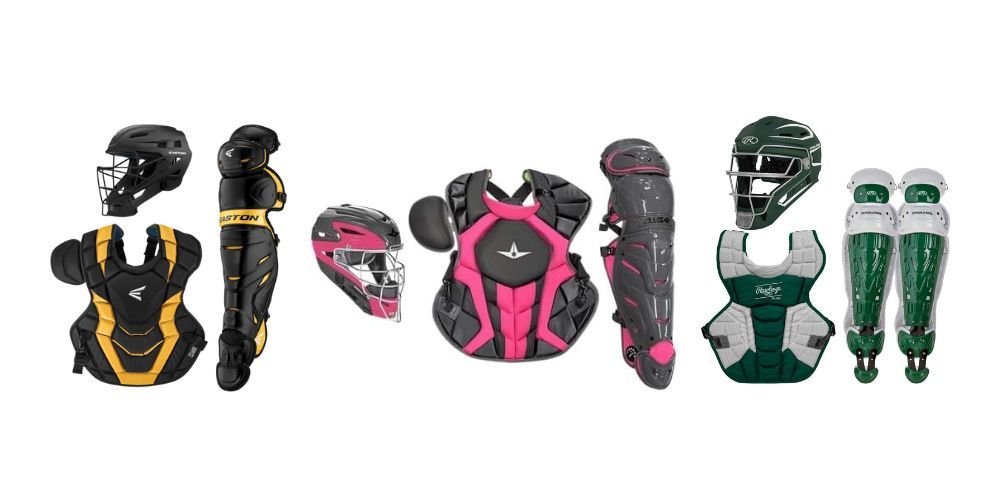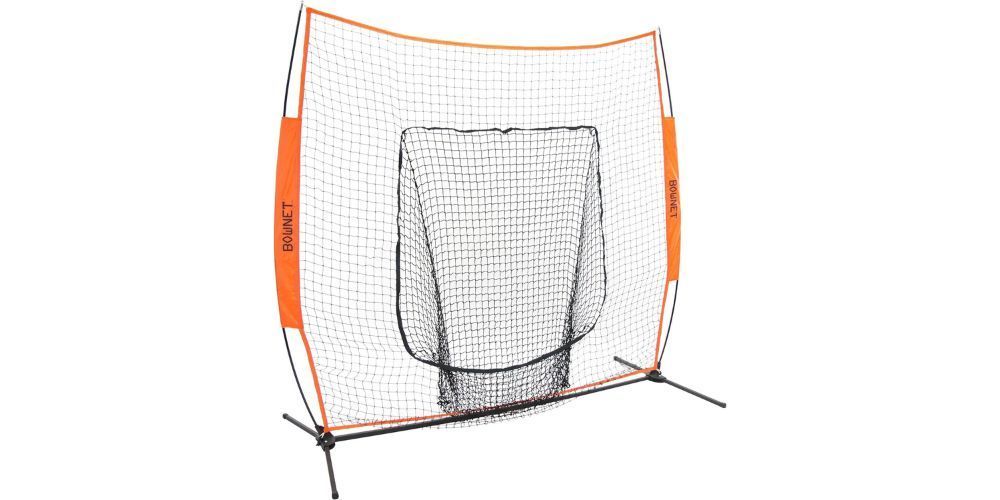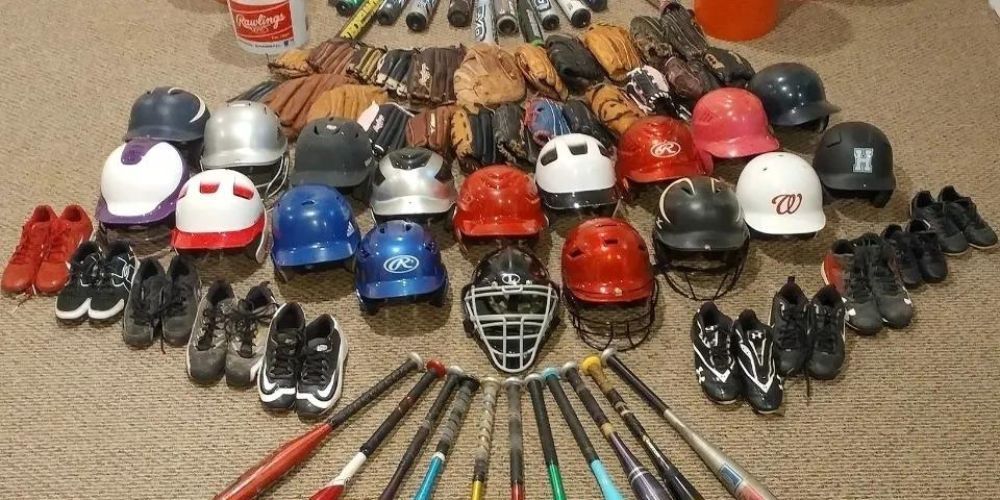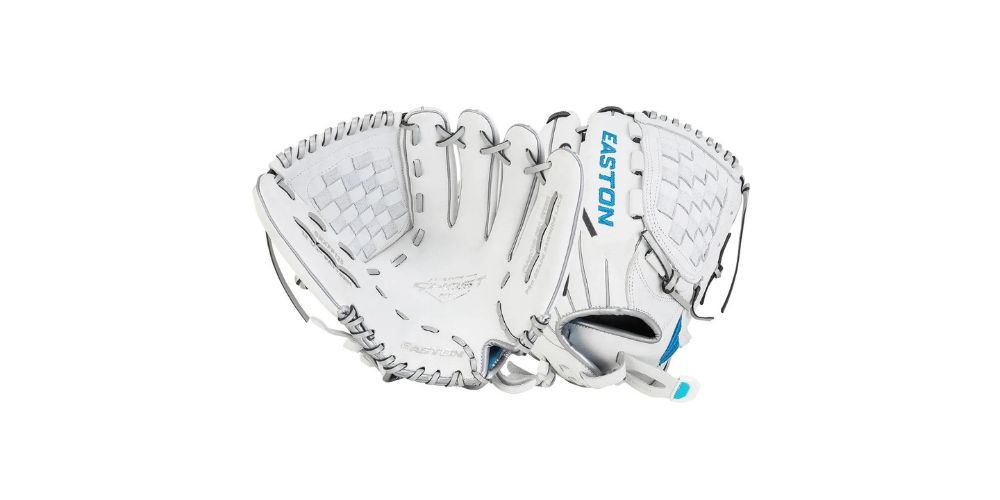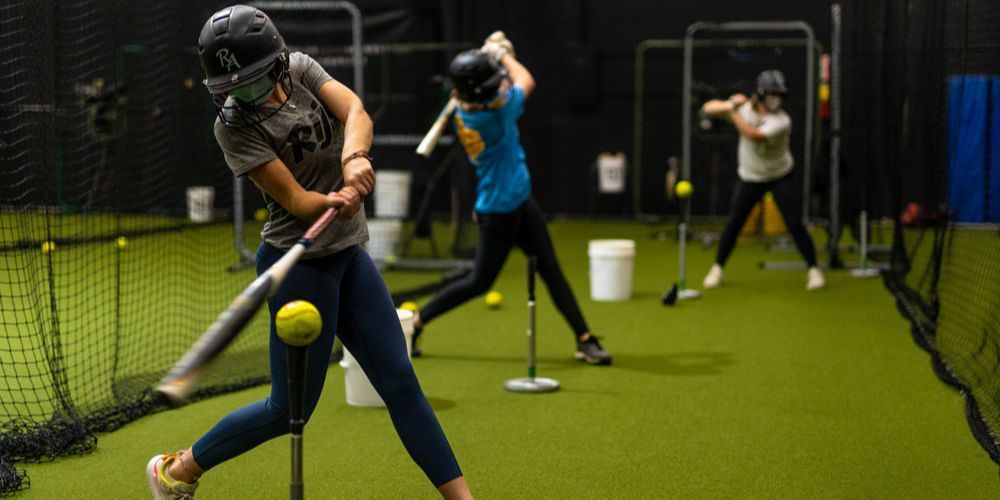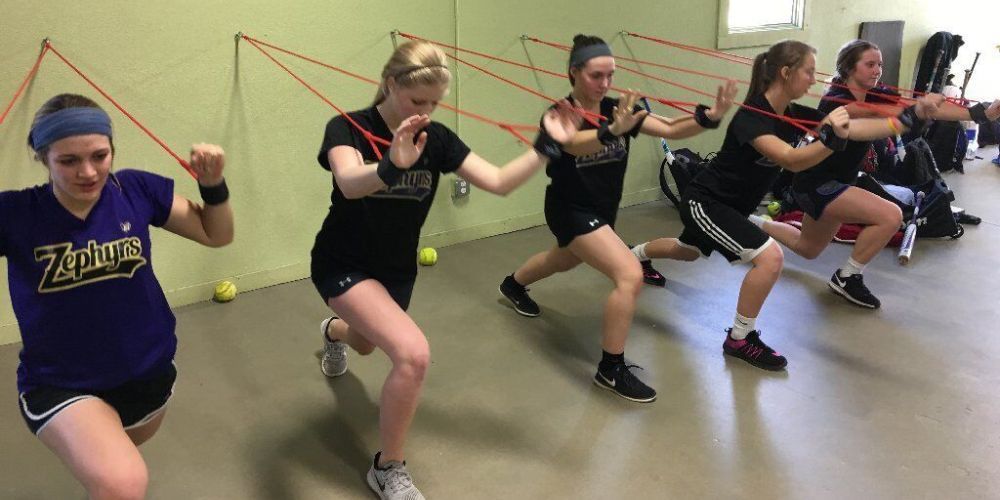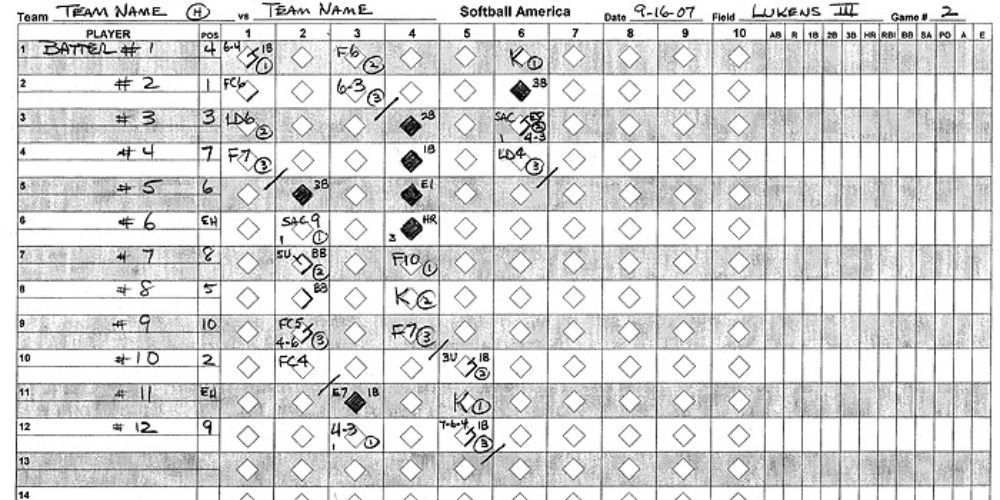The Complete Guide to Fastpitch Softballs: Choosing the Right Equipment for Your Game
Choosing the right fastpitch softballs might seem straightforward, but it significantly influences your team's performance and safety. As a coach balancing tight budgets while aiming for optimal player development, finding dependable and effective gear is crucial. For instance, you've probably seen how different seams affect pitches or how specific covers withstand repeated use during intense games.
This guide dives deep into what makes up an ideal fastpitch softball, from core materials to compression ratings. We compiled extensive research and firsthand experiences, ensuring every piece of advice is grounded in practicality and reliability. Whether it's choosing the right core material for liveliness or selecting a visible color for improved tracking, you'll find everything needed to make sound decisions for your team here.
The best fastpitch softball brands vary depending on individual preferences and playing styles. Some popular brands known for quality and performance include Dudley , Worth , and Rawlings. It's essential to consider factors such as compression, cover material, and core construction when selecting the right softball for your game.
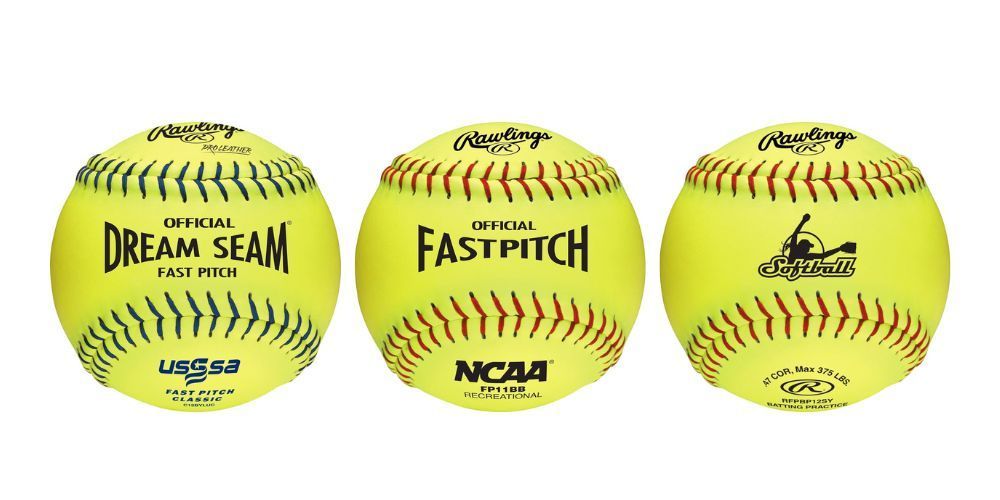
Key Features of Fastpitch Softballs
When stepping onto the field, having the right equipment is crucial for a successful game. Let's talk about some essential aspects to consider when choosing fastpitch softballs. First up, the core material. The core is like the heartbeat of the ball – it determines its hardness and liveliness. Generally, you'll find cores made from either polyurethane or cork. The choice here affects the 'pop' off the bat and the overall feel of the ball in play.
Polyurethane cores are known for creating a more lively ball, making them popular for fastpitch games as they have a higher bounce off the bat. On the other hand, cork cores provide durability, ensuring that the ball can handle numerous games without losing its shape or bounce quality.
Next, let's talk about compression rating. This rating, typically around 375 pounds per square inch (PSI), describes how much force it takes to compress the ball. This affects how the ball deforms upon impact and its bounce off flat surfaces.
Balls with a higher compression rating can feel firmer and travel farther when hit, providing an advantage to power hitters. Lower compression balls may feel softer and offer better control to batters seeking precision over power.
Moving on to seam height, which can greatly impact your pitching game. Higher seams offer superior grip, particularly useful for advanced pitching techniques such as curveballs and rise balls. Conversely, lower seams create less drag, allowing for faster pitches favored in professional leagues where speed is critical.
Regarding cover material, many fastpitch softballs feature synthetic leather covers for their resistance to wear and tear from various weather conditions. However, some pitchers prefer genuine leather due to its superior grip and feel. This preference often stems from elite players who value precise control over the ball's movement.
Choosing between synthetic leather and genuine leather covers can be compared to selecting shoes for different terrains - each offers unique advantages tailored to specific playing styles and conditions.
Optic Yellow Color
Finally, let's talk about color, specifically opting for optic yellow with red stitching. This combination provides high visibility against a variety of backgrounds, enhancing tracking during gameplay.
These key features play a pivotal role in shaping your gameplay experience and should be carefully considered when selecting fastpitch softballs that align with your playing style and preferences.
The intricate details of fastpitch softballs pave the way for an understanding of their size and weight varieties, which we'll unravel next.
Size and Weight Varieties
When it comes to size, fastpitch softballs are purposefully designed to meet age-specific needs and playing styles. For players aged 12 and older, the standard diameter is 12 inches, offering a larger strike zone for batters and challenging targets for pitchers. Younger athletes typically use an 11-inch ball, providing a more manageable size for their developing skills.
The weight of a softball also plays a crucial role in ensuring optimal performance. A regulation 12-inch softball commonly weighs between 6.25 to 7 ounces, striking a balance between ease of handling and effective throwing and hitting power. In comparison, the slightly smaller 11-inch balls weigh a bit less, coming in around 5.875 to 6.125 ounces. This slight difference in weight can significantly impact pitching speed and hitting power, especially for younger players who may benefit from a lighter ball to develop proper techniques without strain.
Understanding these size and weight variations is essential for both players and coaches as it ensures compliance with league rules while fostering skill development. Moreover, using the right-sized and weighted ball not only facilitates proper training but also reduces the risk of injury due to improper handling or overexertion.
Knowing the correct size and weight ensures compliance with league rules and aids in developing proper throwing and hitting techniques.
Using a larger and heavier ball than the approved standard can lead to improper pitching form, causing strain or even injury to young arms. Similarly, hitting an improperly weighted ball can affect swing mechanics and overall performance. So, choosing the correct size and weight goes beyond mere technical specifications; it directly impacts player safety and skill progression.
Think of selecting the right size and weight of a fastpitch softball like finding the perfect pair of running shoes. Just as ill-fitting footwear would hinder an athlete's performance and risk injury, using the wrong-sized or weighted softball can compromise a player's ability to throw accurately, hit effectively, or develop sustainable skills.
By understanding these nuances in size and weight varieties, players, coaches, and parents can make informed decisions regarding equipment selection, ultimately contributing to a safer and more enjoyable experience on the field.
Now that we've covered the essentials of fastpitch softball size and weight varieties, let's dive into the intricate details of materials and seam types that significantly impact ball performance.
Materials and Seam Types
When selecting the right fastpitch softball , there's more than meets the eye. The material and seam types play a significant role in how the ball behaves when thrown or hit. Let's break it down:
Synthetic vs. Leather Covers: Synthetic covers are often used for practice balls as they handle moisture better and can endure rough conditions. They are a practical choice for practice sessions, where multiple balls may be needed and durability is key. On the other hand, leather covers, although more expensive, provide superior grip and feel—reserved for game situations where precision and control are essential.
Seam Styles: The seam style of a softball can make a noticeable difference in gameplay. Fastpitch softballs have either raised seams or rolled seams. Raised seams offer better grip and increased control, beneficial for pitchers and players seeking to add variation to their throws or pitches. On the other hand, rolled seams are smoother, reducing wind resistance and optimizing ball speed—benefiting position players who rely on swift throws and speed.
Selecting the right material and seam type is not just about personal preference; it can have a direct impact on enhancing specific skill sets for both pitchers and position players. It's important to consider these factors when choosing fastpitch softballs as they directly affect gameplay and performance on the field—aligning with individual playing styles and strategic preferences.
For players looking to optimize their performance, experimenting with different materials and seam types during practice sessions can provide valuable insights into which options best complement their skills and style of play.
By understanding the impact of materials and seam types, players can make informed decisions that contribute to improved gameplay and overall performance on the field.
Understanding how materials and seam types affect gameplay is vital for optimizing performance on the field. Now, let's explore how different players can benefit from tailored softball equipment.
Benefits for Different Players
When it comes to fastpitch softball, different player positions require specific tools to excel in the game. It's not just about gloves, bats, and cleats—choosing the right softball is equally crucial. Let's explore how various player types can benefit from specific characteristics of fastpitch softballs.
Pitchers
Pitchers play a decisive role in a fastpitch softball game, making it essential for them to have the right softball. High-seam softballs benefit pitchers in several ways. Firstly, these softballs provide a more comfortable and secure grip, crucial for executing fast pitches and complex spins. The raised seams allow pitchers to have a better hold on the ball, helping them control their throws with more accuracy and consistency, especially when executing delicate curveballs or sharp-breaking sliders. Therefore, high-seam softballs can significantly enhance a pitcher's performance on the field by allowing them to execute their pitches with confidence.
Batters
Batters also have specific needs when it comes to choosing the right softball. Softer core softballs can greatly benefit batters by reducing the impact on their bats. This reduction in impact can potentially increase the lifespan of their bats, ultimately saving them money in the long run. Additionally, softer core softballs offer a consistent feel upon contact, allowing batters to have better control over their hits. With consistent feedback from the bat, batters can make necessary adjustments to improve their batting performance. Therefore, choosing the right softball core can contribute significantly to a batter's success at the plate.
Fielders
For fielders, having a softball with consistent bounce and reliable flight paths is critical for enhancing their performance on the field. These attributes enable fielders to predict ball movements more accurately, leading to improved fielding accuracy and reduced errors. When a softball behaves predictably during gameplay, fielders can position themselves more effectively and respond quicker to incoming balls. This results in enhanced defensive capabilities and overall team performance. Therefore, investing in softballs with dependable flight characteristics can be advantageous for fielders striving for excellence in their game.
In summary, choosing the right fastpitch softball tailored to specific player types is vital for maximizing performance on the field. Each player position has unique requirements that can be fulfilled by selecting softballs with suitable features and characteristics. Whether it's ensuring a comfortable grip for pitchers, consistent feel for batters, or predictable flight paths for fielders, the right choice of softball can significantly impact player performance and game outcomes.
As we've now highlighted the importance of selecting the right equipment for fastpitch softball based on player positions, let's now shift our focus to understanding the mechanics of gameplay.
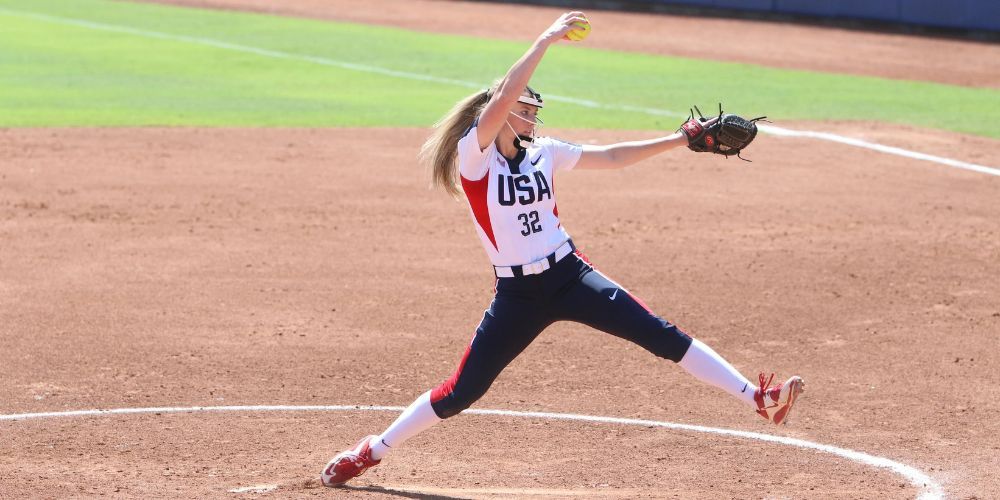
Gameplay Mechanics
Playing with fastpitch softballs involves a deep understanding of how their unique characteristics can impact the game. Pitch speed is one of the fundamental aspects affected by the weight and seam height of the ball. Lighter balls with lower seams move faster due to reduced air resistance, influencing the velocity at which they travel towards the batter, thus giving pitchers control over the game's pace.
Moreover, the spin rate and movement of the ball in the air heavily depend on its seam height, influencing its flight trajectory. For instance, high seam height can create more turbulence, resulting in erratic flight paths, whereas lower seam height might lead to greater stability and predictability in flight. This aspect of ball flight is vital not only for pitchers aiming to strike out batters but also for fielders anticipating where the ball will travel after it's hit.
Understanding these gameplay mechanics provides players and coaches with valuable insights that can be harnessed to craft effective strategies on the field. For example, recognizing how specific fastpitch softball characteristics impact pitch speed and ball flight allows teams to adapt their defensive strategies and anticipate various plays.
In addition, given that different types of fastpitch softballs exhibit diverse attributes concerning their core composition and construction materials, it becomes essential to consider the impact of core composition on ball performance. While solid cores contribute to enhanced durability and consistent performance over time, synthetic cores may provide players with increased responsiveness and trampoline effect during gameplay.
Furthermore, incorporating these insights into one's approach not only helps optimize performance but also adds an element of surprise and unpredictability to one's gameplay tactics. It provides athletes with a deeper understanding of how different factors influence the behavior of fastpitch softballs during intense game situations, ultimately leading to better strategic decisions on the field.
Moving from understanding the mechanics of fastpitch softballs , let's now shift our focus to mastering the essential skills required for pitching and catching in competitive play.
Pitching and Catching Essentials
Pitching and catching are two of the most important positions in a fastpitch softball game. Mastering these roles demands skill, focus, and the right gear. Let's start with pitching essentials:
Pitching Essentials
To succeed as a pitcher, mastering the grip on the seams of the softballs is crucial. Each pitch requires a different grip to create movement and deceive the batter. For example, a fastball may require a simple overhand grip, while a curveball needs a tighter grip and more wrist action. However, it's not just about grips; practicing with high-seam balls can significantly improve a pitcher's control and overall movement. These balls put more emphasis on gripping the seams due to their raised stitches, making it trickier for pitchers who then improve their manipulation capabilities.
It's similar to learning to play a musical instrument — the more you practice, the more control you have over creating beautiful melodies. In this case, however, it's about controlling your pitches!
Next up is catching gear:
Catching Gear
Fastpitch catchers need specialized gear tailored specifically for women's physiques and designed for optimal fit and protection. This includes high-quality gloves with deeper pockets capable of accommodating the larger ball size used in fastpitch softball. When selecting a catcher's mitt, factors such as webbing style, size, and material should be carefully considered to ensure it suits the player's unique needs.
Using ill-fitted or inappropriate gear is like playing a high-stakes game without being fully prepared — dangerous and inefficient.
In addition to gloves, catchers require top-notch masks and chest protectors designed to withstand the impact of fast pitches. High-quality protective equipment isn't just an advantage; it's a necessity for maintaining safety on the field. Without it, catchers risk injury from high-speed pitches and foul tips.
Recommended brands that produce top-notch fastpitch catcher's equipment include All Star, Easton, Worth, Rawlings, Mizuno and Under Armour. These brands offer equipment specifically designed to meet the unique demands of fastpitch softball.
It's important to remember that effective communication on the field is also crucial for success without giving away plays. Training with the appropriate equipment and ball type can drastically improve a player's pitching and catching efficiency. With the right gear and ample practice with high-seam balls, pitchers can enhance their control and movement, while catchers can confidently defend against challenging pitches without compromising safety or performance.
Armed with an understanding of pitching and catching essentials, let's now turn our attention to selecting the ideal softball for your game.
Choosing Your Ideal Softball
The choice of softball has a critical impact on every player's performance. It's not just about any ball; it's about matching the ball's characteristics with your playing style and the conditions you'll encounter. Here are some key considerations to keep in mind when choosing your ideal softball.
Preferred Pitching Style
Understanding your pitching style is vital in selecting a softball. For pitchers favoring drop balls or rise balls, a ball with higher seams might provide better grip, allowing for enhanced control and spin. Conversely, pitchers who rely on speed and accuracy may prefer a ball with lower seams, promoting a cleaner release and minimizing drag. Aligning the ball's seams with your pitching style can optimize your performance on the mound.
Playing Conditions
The playing conditions should heavily influence your choice of softball. In wet or damp conditions, synthetic cover softballs offer superior moisture resistance, ensuring consistent performance even in adverse weather. The synthetic cover minimizes water absorption, maintaining the ball's weight and consistency throughout the game. Conversely, in dry and competitive gameplay environments, leather-covered softballs deliver exceptional durability and responsiveness, making them well-suited for fastpitch competitions where precision matters most.
League Regulations
It's essential to adhere to league regulations when selecting a softball for organized play. Always verify that the chosen ball complies with the league's size and weight requirements to avoid disqualification during matches. Using an unauthorized softball can result in penalties and may impact the outcome of important games. By ensuring that your selected ball meets all regulatory standards, you can play with confidence, knowing that you're using an approved and sanctioned piece of equipment.
By carefully evaluating these factors – pitching style, playing conditions, and league regulations – you can make an informed decision when choosing a softball that aligns with your playing style and environment, ultimately enhancing your overall game performance.
Evaluating these factors plays a crucial role in overall performance on the field. Assessing these aspects meticulously is essential to positively impact gameplay. Keep these considerations in mind as you equip yourself for success on the diamond.
Nature's Playbook
As an Amazon Associate I earn from qualifying purchases.

